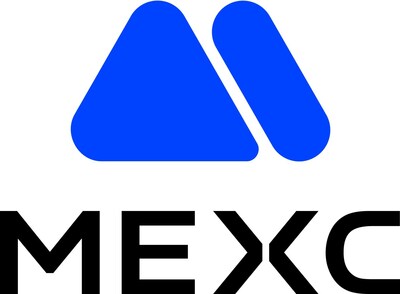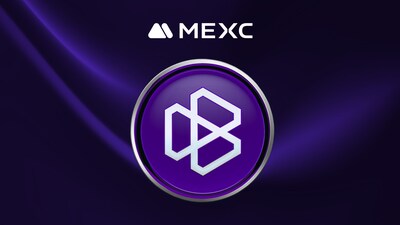MiL.k partners with Galxe to Expand Network and Connect Korean Users to Global Web3 Ecosystem
Following its migration to Arbitrum, MiL.k teams up with Galxe to launch global quests, drive user growth, and bring real-world loyalty rewards to the Web3 ecosystem.
SEOUL, South Korea, April 23, 2025 /CNW/ — Milk Partners, the company behind the blockchain-based loyalty integration platform ‘MiL.k,’ announced a strategic partnership with leading web3 growth platform, Galxe, to connect its 1.5 million Korean users with Galxe’s 33 million-strong global community and unlock new Web3 engagement opportunities. The partnership marks MiL.k’s first global collaboration following its recent migration to the Arbitrum blockchain.
Galxe, is an end-to-end growth platform powered by analytics, automation, and engagement solutions. With over 7,000 partners, it is one of the most actively operated social platforms within the Arbitrum ecosystem, enabling user base retention and ecosystem scalability.
MiL.k’s 1.5 million users and its loyalty ecosystem – built through strategic partnerships with major corporations – will seamlessly be integrated into Galxe’s platform. Together, the two companies aim to create synergies through mid-to-long-term marketing collaborations, bridging Korea with global markets,driving community growth, and expanding their ecosystems.
As part of their first collaboration, MiL.k’s exclusive quest will gradually launch on Galxe’s platform starting April 16. The quest will be available to domestic and international users, with co-hosted quests planned with various global projects in the Arbitrum ecosystem. The collaboration will offer a range of substantial rewards and benefits for participants – providing users with an enriched web3 experience.
Additionally, both parties will expand their technical cooperation to connect onchain environments between their services and make it easier for global users to access a variety of content from both MiL.k and Galxe. The collaboration will accelerate the expansion of the Web3 ecosystem through multi-layered efforts including technology integration, marketing, and global user onboarding.
Through its partnership with Galxe, MiL.k aims to collaborate with various global web3 projects within the Arbitrum ecosystem including projects in sectors such as DeFi, gamification, social, and more.
Jung Min Cho, CEO of Milk Partners, stated, “The collaboration with Galxe is significant as it marks MiL.k’s first global project within the Arbitrum ecosystem. We will rapidly enhance our position as a global project by offering new Web3 experiences and practical benefits to users worldwide through various quests we will create together.”
Charles Wayn, Co-Founder of Galxe, echoed similar sentiments,”We’re excited to welcome MiL.k to the Galxe ecosystem in expanding global Web3 engagement. By connecting MiL.k’s robust loyalty network with Galxe’s powerful growth infrastructure, we’re not only bridging Korean users to a global community—we’re unlocking a new wave of utility, collaboration, and opportunity across the Arbitrum ecosystem.”
![]() View original content to download multimedia:https://www.prnewswire.com/news-releases/milk-partners-with-galxe-to-expand-network-and-connect-korean-users-to-global-web3-ecosystem-302435221.html
View original content to download multimedia:https://www.prnewswire.com/news-releases/milk-partners-with-galxe-to-expand-network-and-connect-korean-users-to-global-web3-ecosystem-302435221.html
SOURCE Milk Partners

Featured Image: depositphotos @ winst2014










